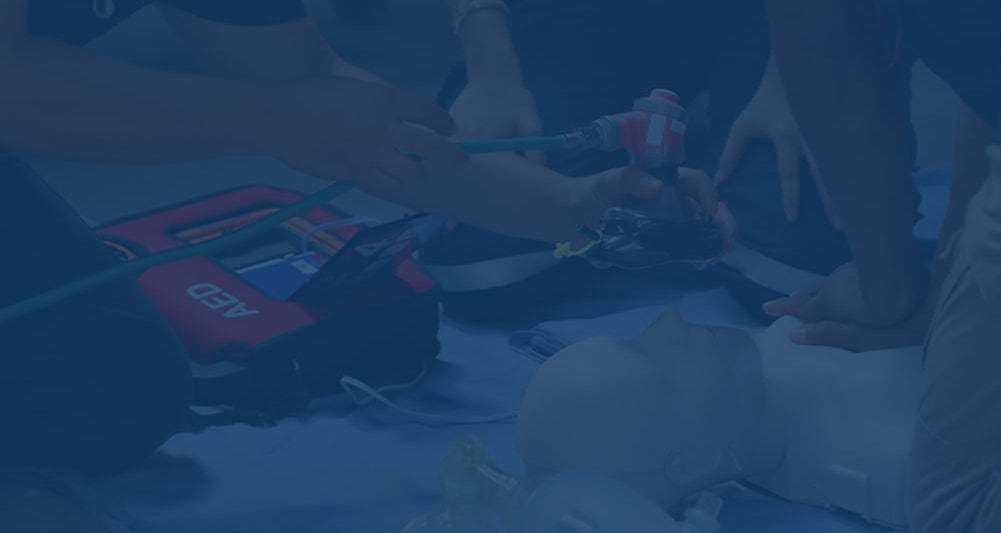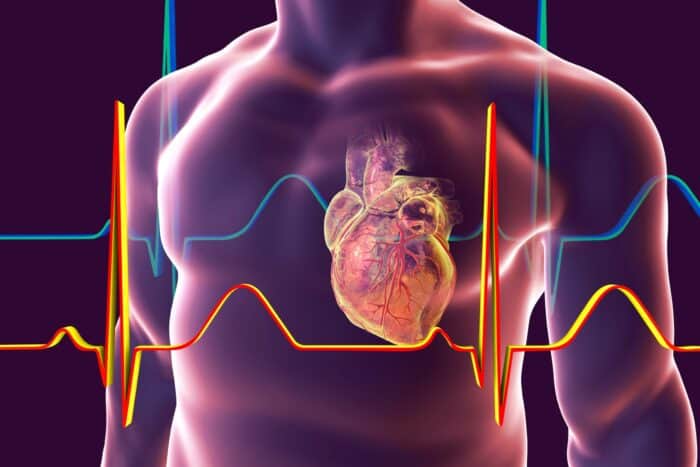Everyone knows that in the movies if a patient is having a “heart attack”, someone grabs the electric pads, rubs them together, yells “clear” and shocks the patient. Typically, the patient recovers immediately, and everyone breathes a sigh of relief.
However, the real world use of Automated External Defibrillators (AEDs) is not as simple as shocking a potential cardiac victim. In fact, there are situations in which a potential cardiac victim should not receive a shock from an AED. In these moments an AED would say “no shock advised” and not charge for the shock.
Automated External Defibrillators are portable electronic devices designed to analyze the heart’s rhythm and deliver an electric shock, known as defibrillation, to restore a normal heartbeat. AEDs are equipped with adhesive pads which are placed on the chest of the person experiencing cardiac arrest.
The AED can rapidly assess the situation and decide if an electric shock is needed to reset the heart’s rhythm. If the AED determines that defibrillation is required, it delivers a controlled electric shock to the heart through the electrode pads.
In certain situations, the victim will be suffering a cardiac emergency, but the AED will advise not to administer defibrillation (i.e. no shock advised). This is because certain cardiac emergencies do not involve irregular cardiac electrical impulses, so applying defibrillation will not aid the victim. The AED is programmed to identify two main types of irregular heart rhythms: ventricular fibrillation (VF) and pulseless ventricular tachycardia (pVT). Both of these rhythms are potentially life-threatening and require immediate intervention.
Ventricular fibrillation (VF) is a chaotic, rapid, and irregular heart rhythm. Instead of a coordinated contraction of the heart muscle, the ventricles of the heart quiver or fibrillate, resulting in an ineffective pumping of blood.
Pulseless ventricular tachycardia (pVT) is a fast, regular rhythm that originates in the ventricles of the heart. The heart beats at a rapid rate, compromising its ability to effectively pump blood throughout the body.
In both VF and pVT, prompt intervention is crucial. An AED is designed to deliver a shock only when VF or VT rhythms are detected.
At this point, if advised not to shock, most AEDs will say something along the lines of “No shock advised, continue CPR”. Because AEDs are automated, they will not charge for a shock. A safety mechanism is in AEDs to prevent a by-stander from accidentally delivering a shock to the wrong patient. Even though the AED may not recommend defibrillation, it is still critical to contact emergency services and perform CPR until further medical assistance arrives. The electrode pads should be left on the patient, as the victim may go into VF or pVT and the rescuer could be promoted to administer a shock later in the rescue. If the patient has started to breathe again, put them on their side (recovery position).
If you would like to learn more about AEDs and how they work, read Rescue Training Institute’s blog on “How Automated External Defibrillators (AEDs) Save Lives”
DISCLAIMER: Information and resources found on the rescuetraininginstitute.com website and blog are intended to educate, inform, and motivate readers to make their health and wellness decisions after consulting with their healthcare provider. The authors are not healthcare providers. NO information on this site should be used to diagnose, treat, prevent, or cure any disease or condition.


